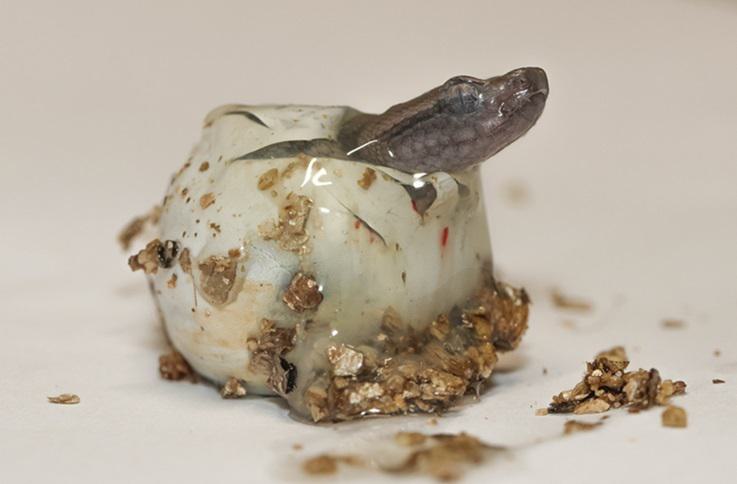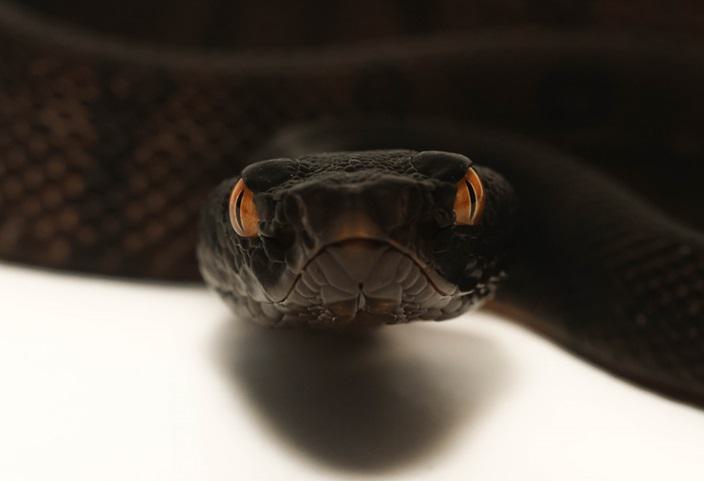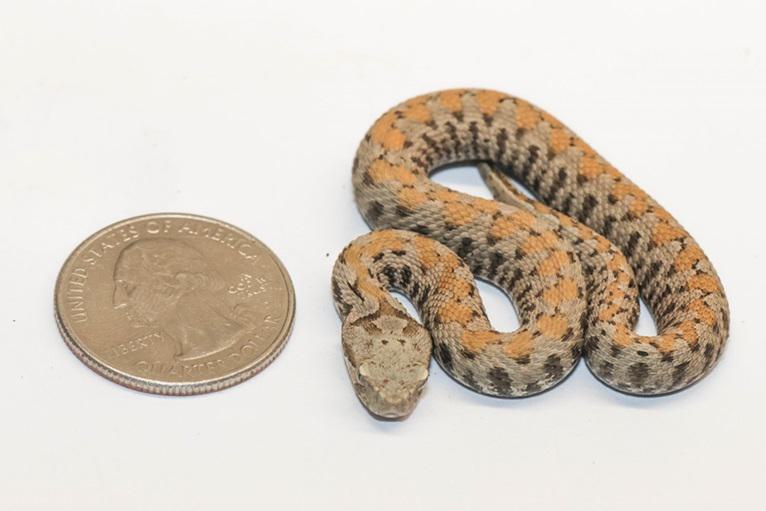Author: Justin Elden, Director of the Saint Louis Zoo WildCare Institute Center for Conservation in Western Asia and Curator of Herpetology and Aquatics.
The Saint Louis Zoo has a long-standing, deep commitment to viper care and conservation evident in the rare and endangered species at the Charles H. Hoessle Herpetarium.
In 2023, the Herpetarium achieved one of its most productive breeding seasons, hatching many rare species including nine Sakishima habu pitvipers (Protobothrops elegans) for the first time. This species is from the southern Ryukyu Islands of Japan, a remote chain of islands and is uncommon in U.S. zoos.

Replicating natural cycles, such as seasons and photo periods, is key to reptile reproduction. We have many areas dedicated to species from different habitats. For example, the Herpetarium has an area for subtropical species, like the Sakishima habu where temperature variations mimic conditions of their natural habitat. This careful husbandry has enabled the Zoo to breed several species, contributing to scientific knowledge and conservation efforts.
The Tokar habu pitviper, (Protobothrops tokarensis) is another species endemic to the Ryukyu Islands of Japan. The species has an estimated natural range of just under 5 square miles. The Tokar habu has been bred by the Zoo since 2018 and is another success story. We are the only zoo to successfully breed this species. The herpetology team published a manuscript detailing their care and breeding, contributing valuable information for science and conservation for this very rare snake.

Similarly, a Kurdistan mountain viper, a form of Armenian viper (Montivipera raddei “kurdistancia”), born in the Herpetarium in 2023 adds to the Zoo's efforts in sustaining populations within AZA zoos and educating visitors about this fascinating but threatened species. Mountain vipers are some of the most endangered species of reptile on the planet as they face habitat destruction due to mining and agriculture. We work with mountain vipers and aid in their conservation both in the Herpetarium and in the field in western Asia.
Housing vipers and pit vipers in zoos and learning about them is important because of the threats they face in nature, including habitat loss, illegal trade and human-wildlife conflict. The Saint Louis Zoo and other Association of Zoos and Aquariums institutions provide a controlled environment, protecting them from these threats and supporting breeding programs. All species on public display at our Zoo also serve as ambassadors for their counterparts in the wild, dispelling myths and raising awareness about the challenges these animals face.
Ensuring these animals are around for future and current generations to appreciate is of the utmost importance to us, and we hope to see you at our very own Herpetarium sometime soon to see the beautiful venomous vipers that call our Zoo home.


